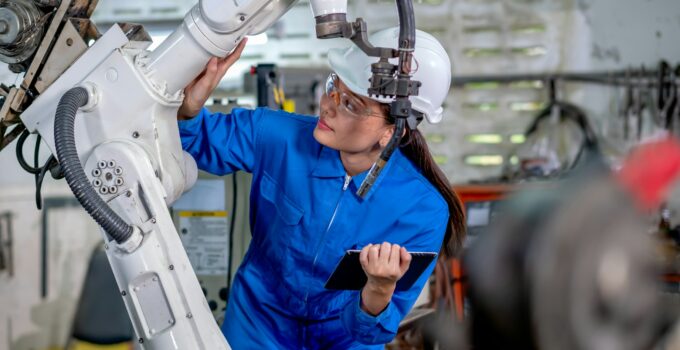In the age of rapid technological evolution, the convergence of large language models, automation, and AI promises a future of abundance and post-scarcity. These technologies have the potential to upend traditional constraints on resources, labor, and knowledge, creating a world where the fundamental needs of every individual can be met with minimal effort. As we inch closer to such a world, understanding the numerous ways these innovations can lead to widespread prosperity is essential. Here’s a snapshot into how this future can be unlocked:
- Decentralized Production: Automation allows for localized production of goods, reducing the need for centralized factories and long-distance shipping, thus minimizing resource wastage.
- Efficient Resource Management: AI can optimize the use and recycling of resources, ensuring that materials are used to their maximum potential and waste is minimized.
- Knowledge Democratization: Large language models, like this one, make knowledge universally accessible, leveling the educational playing field across the globe.
- Tailored Education: AI can provide personalized learning experiences, ensuring everyone has the tools they need to succeed and contribute positively to society.
- Reduced Labor Dependency: With automation taking over repetitive and labor-intensive tasks, humans can focus on creative, intellectual, and personal growth endeavors.
- Enhanced Medical Care: AI can predict and diagnose diseases early, tailor treatments, and even assist in medical procedures, ensuring optimal health outcomes for all.
- Optimal Agriculture: Automation and AI can revolutionize farming, ensuring food security by optimizing crop yields, predicting diseases, and reducing wastage.
- Energy Efficiency: Smart grids powered by AI can optimize energy consumption and distribution, making green energy more accessible and effective.
- Eradication of Poverty: With basic needs met through efficient production and distribution systems, we can ensure that every individual has access to food, shelter, and basic amenities.
- Inclusive Innovation: AI can identify gaps in markets and industries, ensuring that innovative solutions are created for problems affecting even the most marginalized communities.
In sum, the synergy of large language models, automation, and AI paints a picture of a future where scarcity is a thing of the past. By harnessing these tools, we can collectively move towards a world where everyone has access to the resources, knowledge, and opportunities they need to thrive. A future of abundance awaits, driven by the very innovations that once seemed like mere science fiction.



